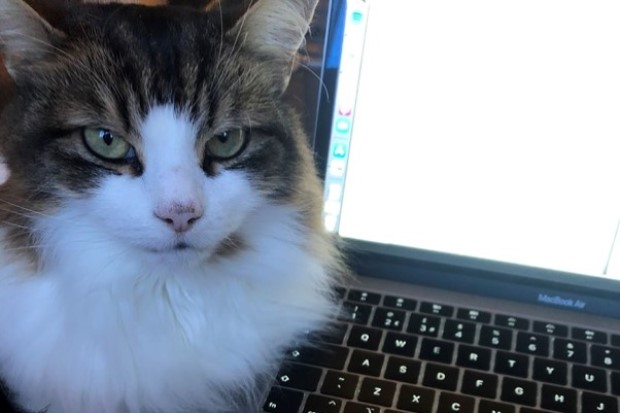
Melissa Massey reflects on the impact that storytelling has had on her work as a content designer.
It’s National Storytelling Week and around the country, schools, museums and organisations will be showcasing the best of storytelling.
Like so many, I was pulled in by the power of story at a young age. I was (and still am) an avid reader. My love of reading drove me to study English Literature and pursue a career as a journalist before I moved into content design. I found plenty of transferable skills along the way!
A few years ago, I decided to turn my hand to a different form of storytelling: creative writing. There’s no denying creative writing is its own beastly discipline; content design or journalism, it is not. However, I was pleasantly surprised to find some helpful similarities.
Research and scoping
When starting on any new project, I research and scope out the work.
For content design, this means looking at content published by other organisations, reviewing how our content is performing now and consulting user research that may reveal some gaps in information users would find useful.
As a writer starting a new project, the approach is similar. It’s important to research the market to understand what the trends are in your chosen genre and pay careful attention to what your target readers want when they pick up that kind of book.
What makes a good thriller? What’s it about murder mysteries that people enjoy? What elements make a work of speculative fiction fascinating? There will be hallmarks of each genre that readers enjoy. If you know the market and understand the trends, it’s more likely you’ll be able to find a gap to fill with your unique voice.
Audience
As content designers we have many ways to present information. If we miss something or it isn’t presented in a way that’s accessible, we’ll soon find out from our users that it doesn’t work.
The role of a writer is not dissimilar; you need to know the audience you’re writing for. For example, if you’re writing a story for children then reading age is going to be an important consideration. If you’re writing in a genre like science fiction, you need to be aware of what people like about that genre (as well as the tired tropes to avoid). If you ignore this, your audience will let you know about it!
Structure and user journeys
As content designers we think about the structure and information flow presented to the user. Are we presenting the information to the reader at the right time, in the right format?
How easy is it for them to progress through the information? Do they get all the information they need on one page? If you’re guiding the user through a journey, do they get there? If they drop off, can we fix why?
As a writer, structure is also important. Will you divide your work into chapters of a similar length? Will you divide those further into parts? How long do you want your audience to read for until they get to a natural pause? How will you start and finish each chapter?
Do you have multiple points of view or is the whole story being told by one character? If you want to write a sentence that goes on without pause for five pages to create a certain effect, how easy is that for a reader to absorb? Will they be engaged or switch off?
Language
Content designers are best known for being the people who deal with the words. It’s not all a content designer does, but it’s certainly an important part of the role. We know it’s important to write concise sentences in plain English, using the active voice.
As content designers, we need to be clear who is doing what. It’s vital users understand accurately who is taking action, otherwise they’ll need to contact us for help or (worse) give up entirely - very few people will persevere if they’re struggling to understand.
The same goes for writers. Having the whole English language at your disposal is both joyful and overwhelming. Which words do you pick? And what impact do those words have on your reader? The English language has morphed over its history. In general, the simpler words we use have a Germanic root and the more complex ones come from Latin.
German-based words tend to be basic, everyday words used by most people. They’re also more punchy and emotive. By comparison, Latin tends to sound more academic and romantic. For example, you can choose between ‘stop’ and ‘terminate’, ‘follow’ and ‘ensue’, ‘friendly’ and ‘amicable’? What you pick will influence not only the reader’s understanding, but also the pace and style of your work.
Storytellers assemble!

Storytelling can be enjoyed in so many forms over the course of a day: a morning read through an opinion column online; a conversation with a friend over lunch; an afternoon performance at the theatre with family; an evening watching the latest series on telly; and (my favourite) a week of evenings devouring a 500 page novel.
There are so many ways to tell and enjoy stories, which is just as well because we all have different appetites and consumption preferences. So, if you’ve ever thought about storytelling as a content designer or creative writer, I encourage you to find out more or give it a go this National Storytelling Week!
Melissa Massey is a Senior Content Designer in Defra Digital Data and Technology. Find out more about the role of a content designer by reading Laura Churchill and Anna Scott's blog 'Being a content designer: six values to consider'.
